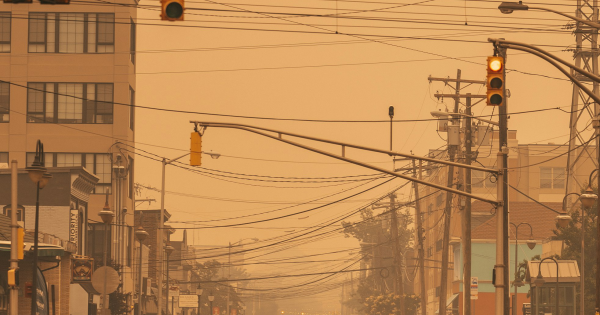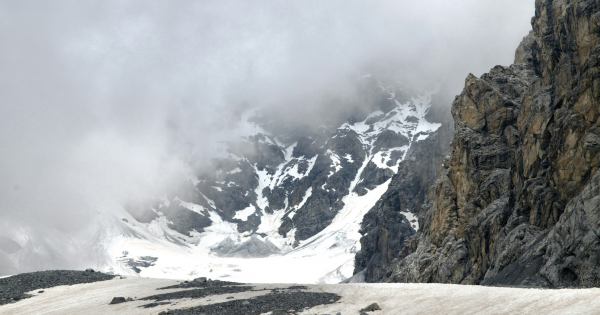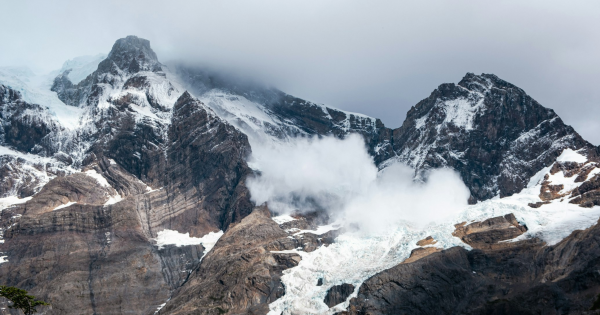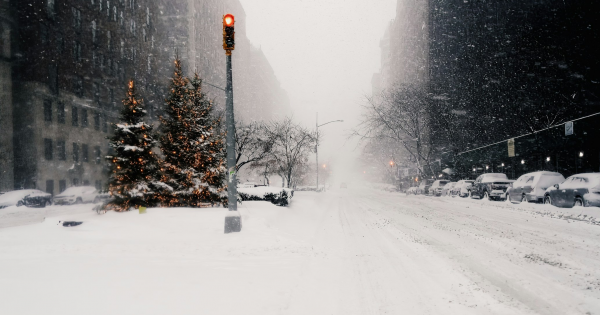Avalanche Watch
An Avalanche Watch is a critical alert issued by authorities to inform the public about potential avalanche conditions in certain areas. Understanding and preparing for this alert is essential for safety.
See the current LIVE alerts.

Understanding Avalanche Watch
An Avalanche Watch is an advisory issued by weather and avalanche monitoring authorities when conditions are favorable for avalanches, meaning that there is a possibility of avalanches occurring within the watch area. This alert is typically issued 12 to 48 hours in advance and serves as a precautionary measure to warn people to remain vigilant and prepared for the potential threat of avalanches.
What This Alert Means
When an Avalanche Watch is issued, it indicates that avalanche conditions could become dangerous. Factors such as recent snowfall, wind, and temperature changes may contribute to the instability of snowpacks, making them prone to slide. This alert serves as a warning for people in the area to recognize the increased risk and take necessary precautions.
How to Prepare for an Avalanche Watch
Preparation for an Avalanche Watch involves several key steps. First and foremost, individuals in affected areas should stay informed by monitoring local news, weather updates, and bulletins from avalanche control authorities. Avoid traveling in avalanche-prone areas unless absolutely necessary, and if you must travel, ensure you have the appropriate safety gear, including an avalanche transceiver, probe, and shovel. Additionally, familiarize yourself with the terrain, identify potential escape routes, and travel with a partner whenever possible.
When is an Avalanche Watch Issued?
An Avalanche Watch is typically issued when meteorologists and avalanche experts determine that conditions are likely to lead to avalanche activity. This can be due to weather patterns that bring heavy snowfall, strong winds, or rapid warming, all of which can increase the likelihood of avalanches. The alert is meant to give advance notice to those in potentially affected areas so they can prepare and avoid high-risk zones.
In conclusion, an Avalanche Watch is a serious advisory meant to alert the public of potential avalanche hazards. By understanding what this alert means and how to prepare for it, individuals can take proactive steps to ensure their safety and the safety of others in avalanche-prone areas.






